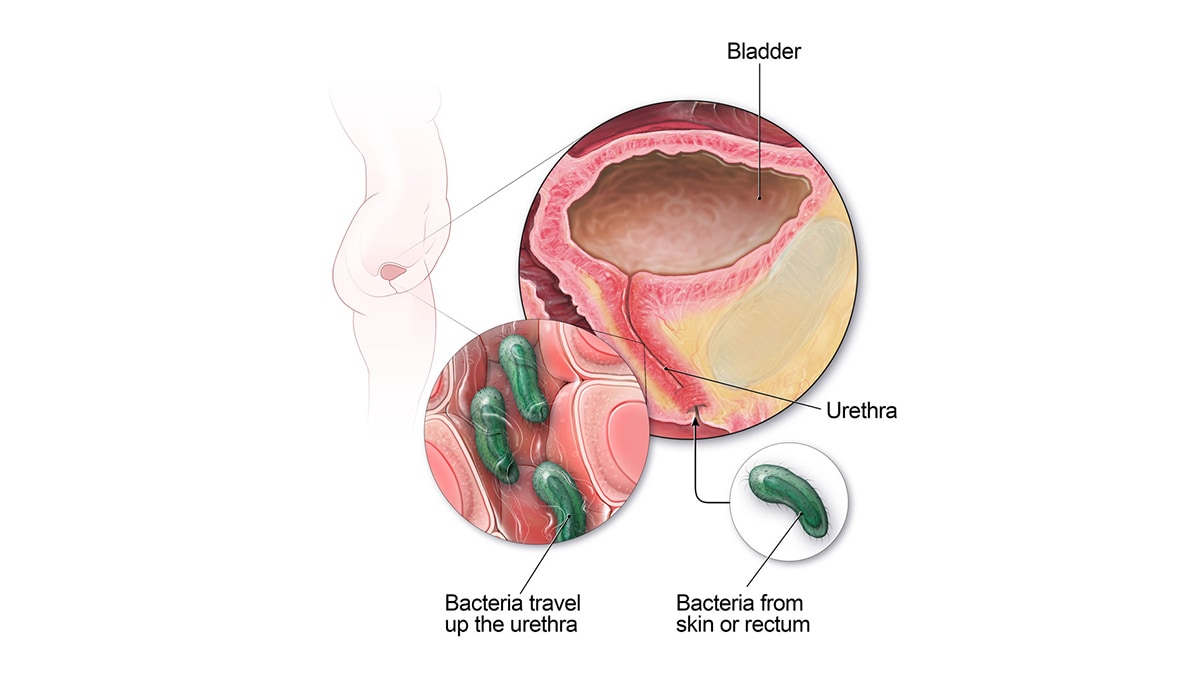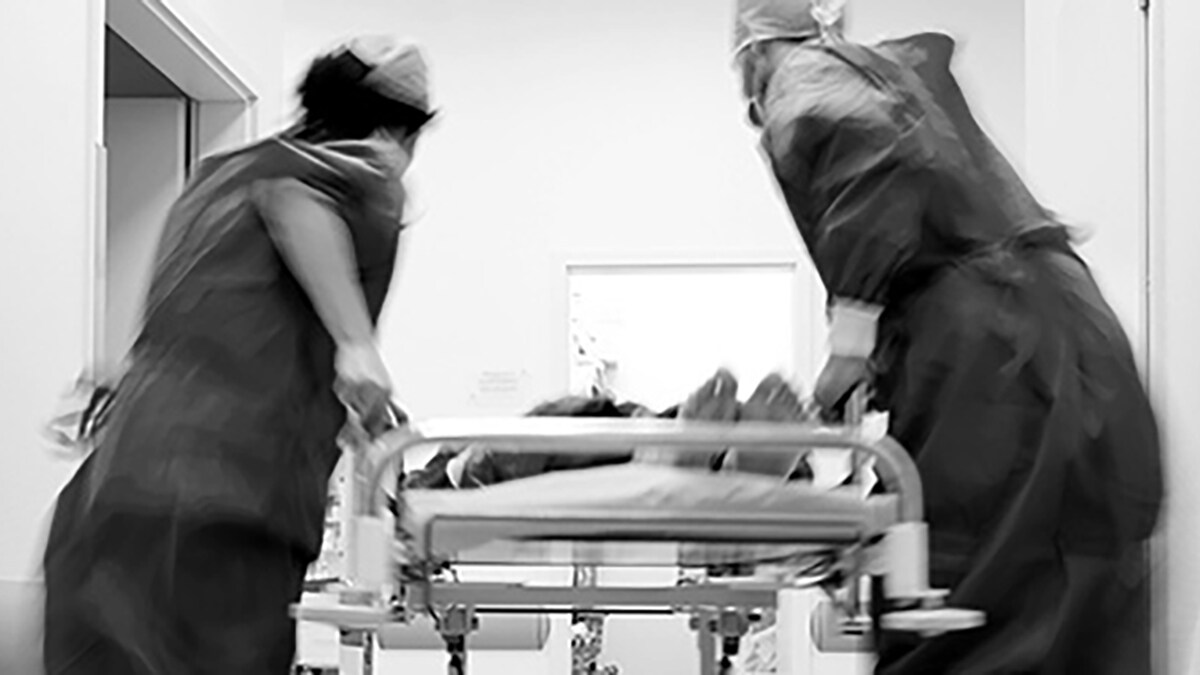Key points
- The resources on this page can keep you and your loved ones safe.
Overview
Long-term care facilities provide many services, both medical and personal care, to people who are unable to live without help.
If you live in a nursing home, assisted living facility or other long-term care facility, you have a higher risk of getting an infection. There are steps you can take to reduce your risk:
- Tell your healthcare provider if you think you have an infection or if your infection is getting worse.
- Take antibiotics exactly as prescribed and tell your healthcare provider if you have any side effects, such as diarrhea.
- Keep your hands clean. Remind staff and visitors to keep their hands clean.
- Get vaccinated against flu and other infections to avoid complications.
Keep Reading:
Tips for Being a Safe Patient
Resources for staying safe in long-term care facilities
Basic information about Clostridioides difficile, often called C. difficile or C. diff.
About Carbapenem-resistant Enterobacterales
Carbapenem-resistant Enterobacterales (CRE) are germs resistant to one or several antibiotics called...
Catheter-associated Urinary Tract Infection Basics
Basic information on catheter-associated urinary tract infections (CAUTIs).
Methicillin-resistant Staphylococcus aureus (MRSA) Basics
Protect yourself and your family from potentially serious MRSA infections.
Healthy Habits: Antibiotic Do's and Don'ts
Antibiotics can save lives, but they aren't always the answer.
Sepsis is a medical emergency. Learn the risks, spot the signs and symptoms, and act fast.
Norovirus is the leading cause of vomiting and diarrhea, and foodborne illness in the United States.
Resources for family members and caregivers
- Medicare resources for long-term care residents and caregivers.
- Find a nursing home in your area.






